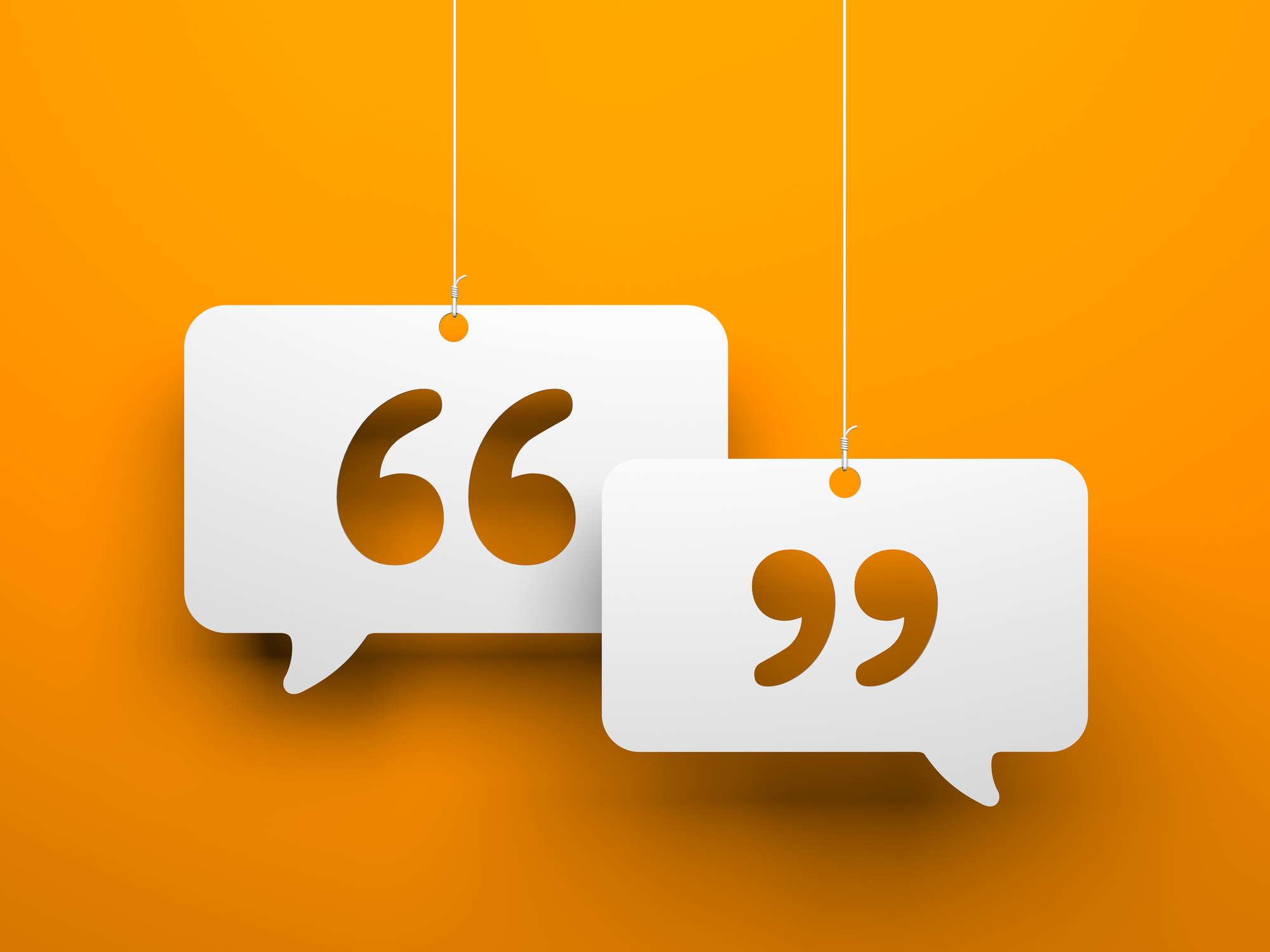When it comes to outright stealing someone else’s words with the intention of representing them as your own, plagiarism is very well known. Too many of us are familiar with that archetypal image of literally copying and pasting someone else’s words with the aim of taking credit for something someone else has written. There have been movies made about this. There have been scandals. And damaged reputations from which a comeback is daunting.
And with that singular egregious image of one kind of academic misconduct in mind, it’s easy to disregard self-plagiarism and citation errors as plagiarism, too. If you’re re-using your own words, for instance--is it considered stealing? And why would citation errors matter if your research is original?
If you’re a researcher with the goal of publishing and making an impact on the research landscape, self-plagiarism and citation errors matter.
Let’s take a deeper look.
Self-plagiarism and its consequencesSelf-plagiarism--or re-using your own words and representing them as new--is a form of dishonesty, and yes, it is considered an act of plagiarism.
It’s easy to overlook self-plagiarism because when the researcher is the author, they make the argument that they can reuse the words that they themselves created and thus, it is not theft. But self-plagiarism is still a form of academic dishonesty. Furthermore, self-plagiarism can infringe upon a publisher’s copyright.
Consider students, too--who may think that recycling their own work isn’t plagiarism--when it very much is. They may reuse a paper for a prior class in another class for assessment. Or copy and paste sections from previously submitted work into a new assignment. When researchers copy their own work and represent it as new work, it, too, is self-plagiarism.
Researcher self-plagiarism presents in the following ways:
- Using previous research content (text recycling)
- Reusing research for multiple and similar submissions (redundant publication)
- Partitioning one study into multiple publications (“salami-slicing”)
- Submitting work for publication with previously published content without citation (augmented publication)
- Copyright infringement
All are acts of academic misconduct and plagiarism, ones that can stain your reputation.
Self-plagiarism, according to a 2019 COPE study on publication ethics, is one of the biggest concerns of publishers. Of 656 academic journal editors surveyed, “Half of the respondents had encountered self-plagiarism with 22% saying it arose frequently.” COPE adds that self-plagiarism will, according to editors, be one of the top publishing ethics issues in the next five years: “The current output-driven academic culture is expected to increase pressure to publish and exacerbate issues such as self-plagiarism and predatory publishing” (2019, p. 4).
Editorial concern regarding self-plagiarism is not without merit. In their editorial on self-plagiarism for Physiotherapy Theory and Practice, Arumugan states that “self-plagiarism is more common than thought, as demonstrated by the results of recent studies” (2016, p. 427).
Bretag and Carapiet investigated instances of self-plagiarism in research and concluded, “This exploratory investigation has found that self-plagiarism is a common practice in academic research, with over 60% of authors in the sample having reused text from a previous publication without appropriate citation” (2007, p. 9).
Self-plagiarism can block your publication or subject your publication to retraction--both of which directly affect your reputation. Researchers with retractions may have challenges with future research as well as publication and see a decline of 10-20% in citation rates (Mika, 2017).
Furthermore, not only is self-plagiarism an ethical issue but it may violate copyright with another journal, which has its own legal consequences.
In sum: self-plagiarism is on the radar of editors at journals everywhere. So researchers must stay vigilant about ensuring that their articles are original. Even if it’s your own work, you cannot reuse it if you are representing it as original work.
How can a researcher avoid self-plagiarism? Ensure every part of your paper is original. And if you are creating new ideas based on your prior research, make sure to correctly cite your previous work.
This, of course, brings us to a related topic: the matter of citation errors.
Citation errors and consequences thereofCitation errors are also an ethics challenge that editors encounter with frequency. While citation errors can be a result of forgetfulness, it’s important to ensure that all outside research is attributed and cited, correctly.
According to the previously referenced 2019 COPE study on publication ethics, “58% of the surveyed editors encountered issues with detecting plagiarism and poor attribution standards” (p. 4). Additionally, editors think that attribution issues are expected to increase in the next five years (p. 4).
Researchers have much to lose when it comes to faltering in academic integrity, even with something as seemingly innocuous as citation errors.
A history of citation errors can keep a researcher from being published. Onwuegbuzie, Freis, and Slate “reported a statistically significant and practically significant (i.e., moderate) relationship between the number of citation errors and the decision made by the coeditors of the journals, with authors who made more than three citation errors being approximately four times more likely (odds ratio = 4.01; 95% confidence interval = 1.22, 13.17) to have their manuscripts rejected than were authors who made three or less [sic] citation errors” (2010, p. iii).
On the flip side, Onwuegbuzie, Freis, et al. found “manuscripts that were accepted contained statistically significantly and practically significantly fewer citation errors than did manuscripts that were not accepted” (2010, p. xv).
All of these missteps can haunt a researcher’s work and publication record. All of these missteps, too, stain a publication’ s reputation. And in the pursuit of making a profound change in research--these are the last things researchers and publications need.
While publishing has many success factors, one thing that won’t ever change is the bedrock of academic integrity underscoring reputation. The stakes of academic reputation are high, rightfully so, as it’s a hard-earned achievement. Let’s help preserve it by upholding academic integrity.





